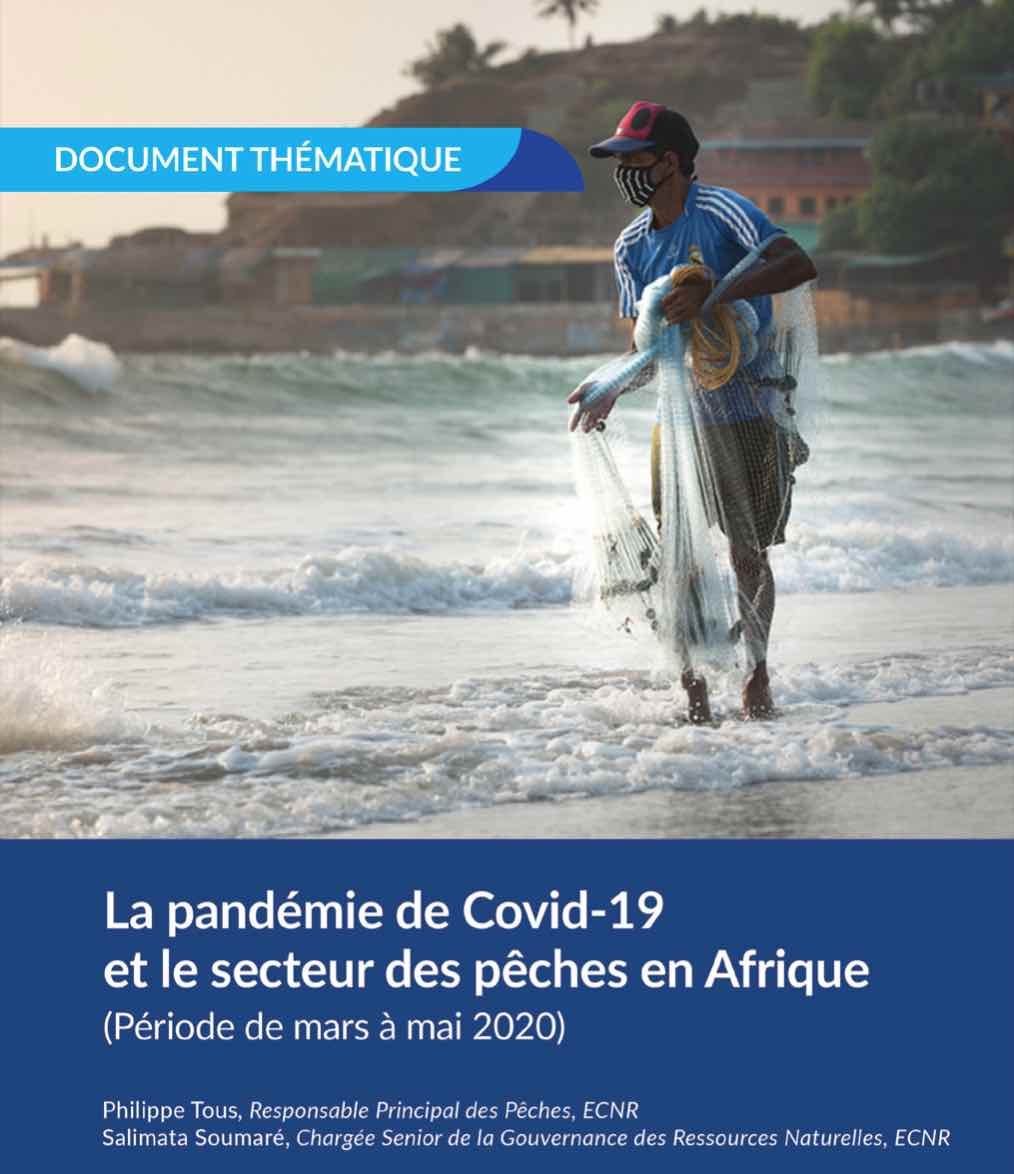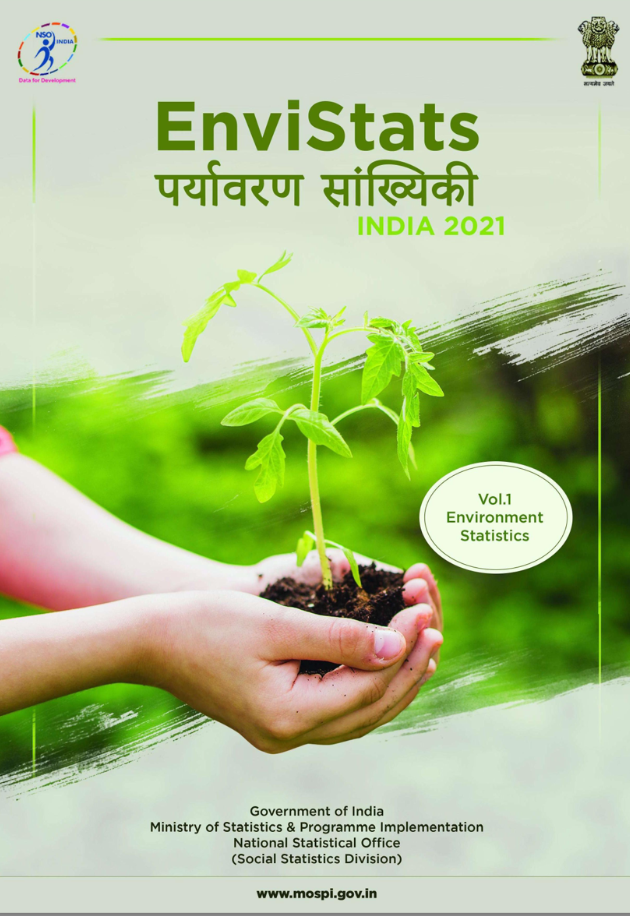Life on land: Why it matters
What’s the goal here? To sustainably manage forests, combat desertification, halt and reverse land degradation, and halt biodiversity loss. Two billion hectares of land on Earth are degraded, affecting some 3.2 billion people, driving species to extinction and intensifying climate change. Goal 15: Life on land Human life depends on the earth as much as the ocean for our sustenance and livelihoods. Plant life provides 80 percent of the human diet, and we rely on agriculture as an important economic resources.






